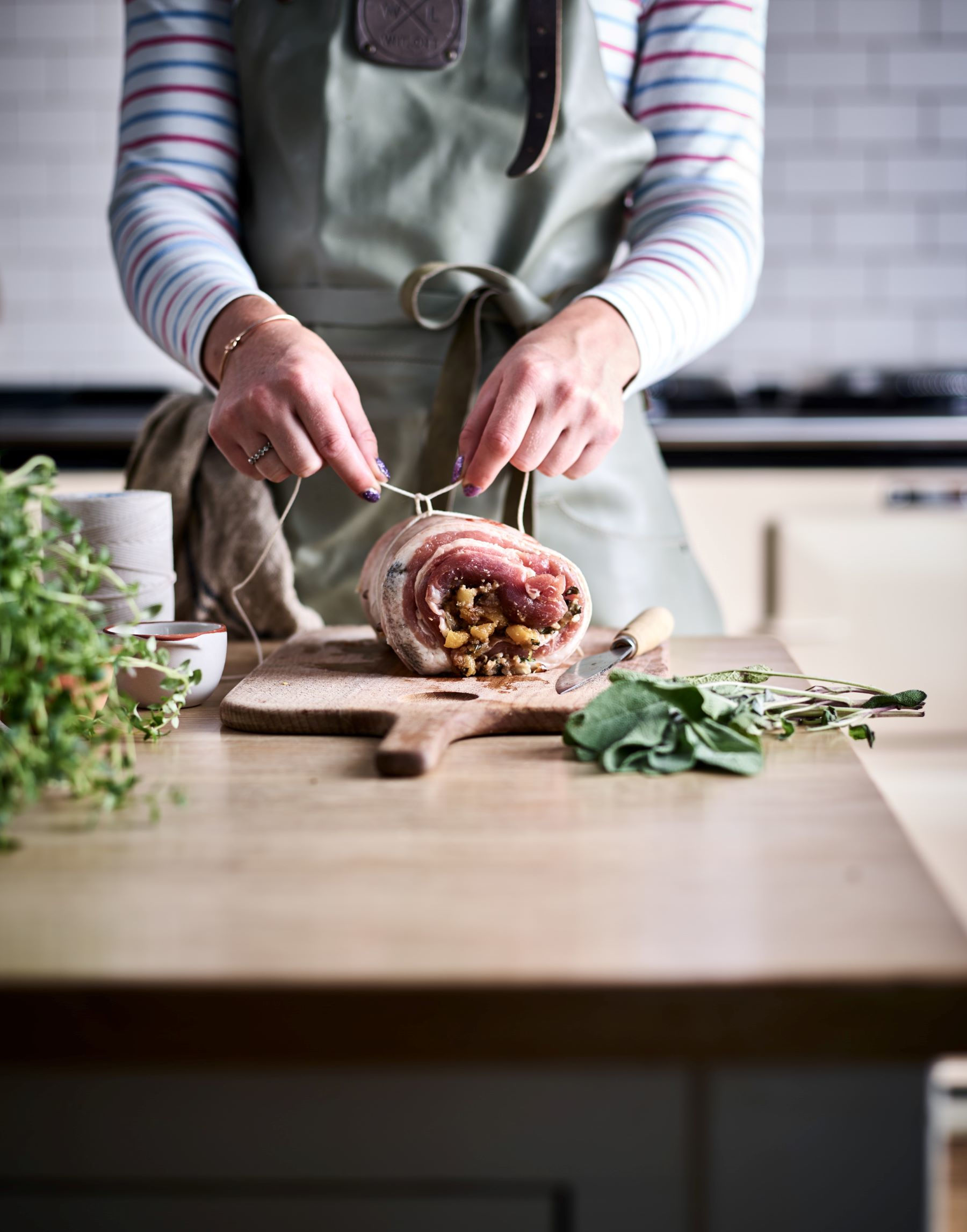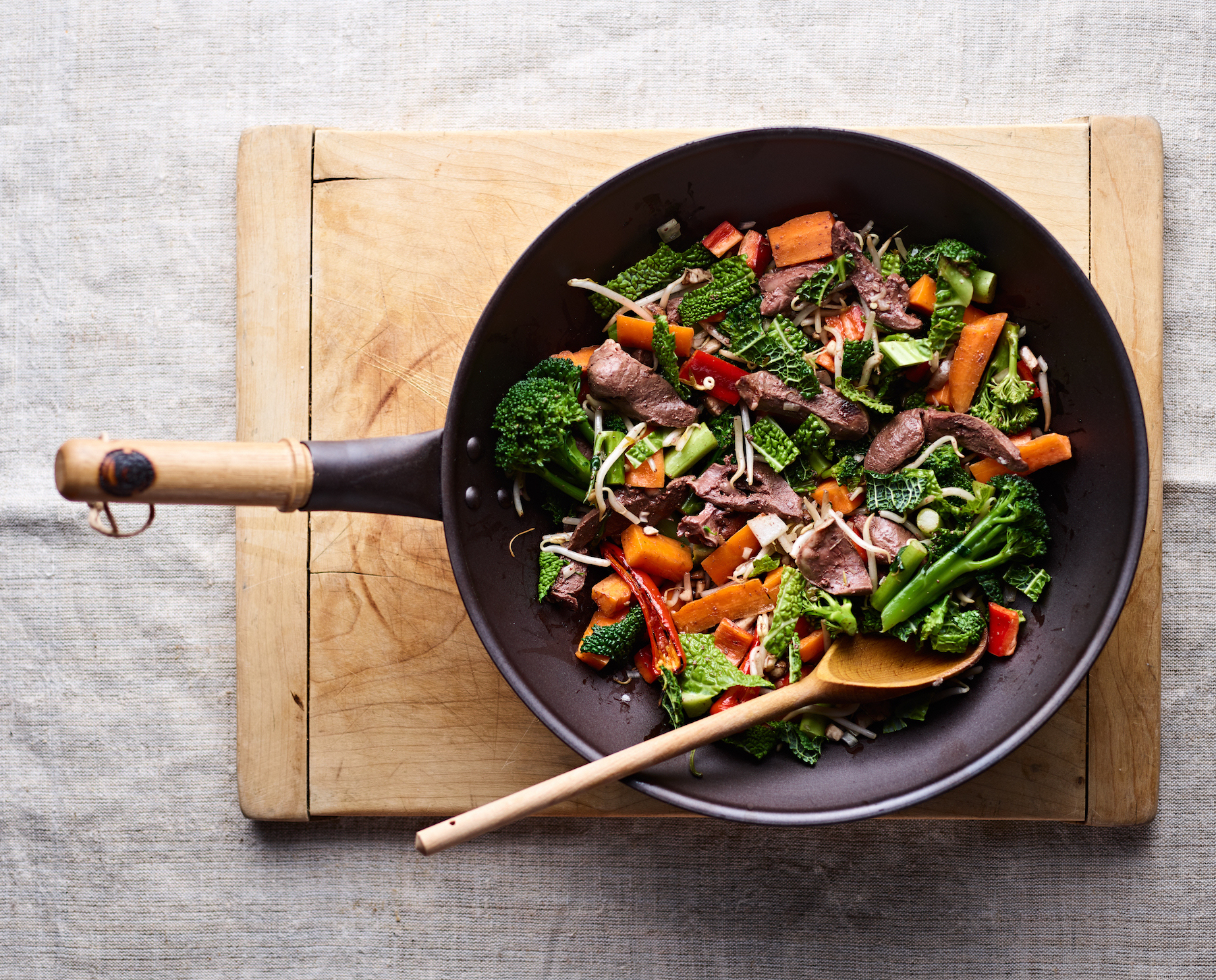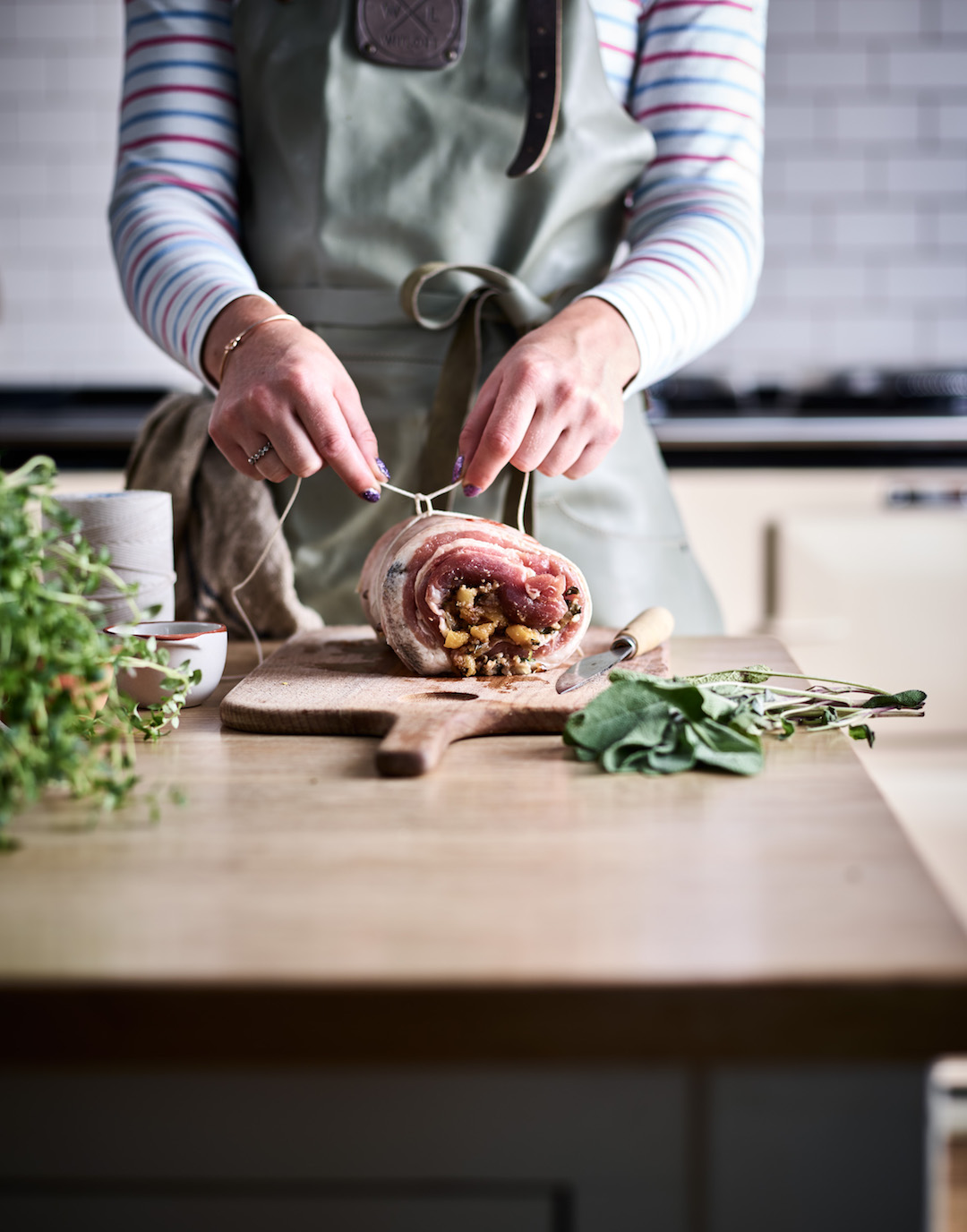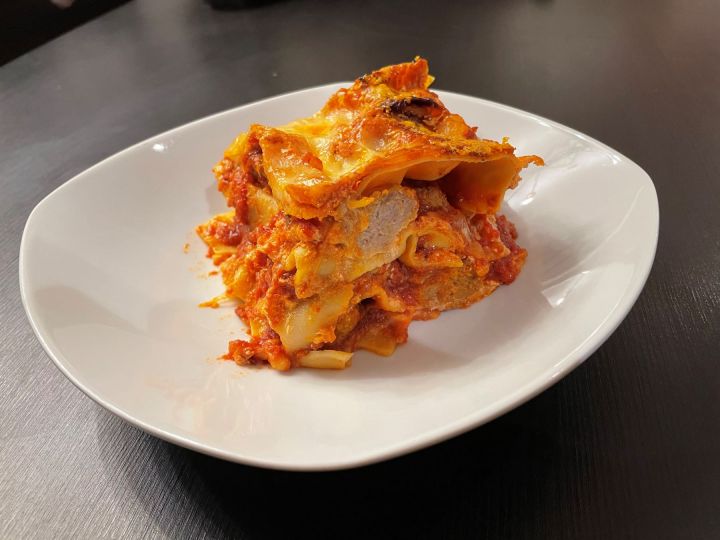A traditional Neapolitan Lasagna, which might not be the same as the lasagna you're used to...
To get the full recipe experience, we recommend watching Martina's brilliant youtube video - https://www.youtube.com/watch?v=vHu9aelaeYs
This lasagna can be left in the fridge for 3 days, or it can be frozen to preserve it for longer.
Recipe by Martina Eco | Let’s Cook Italiano | YouTube channel: https://www.youtube.com/c/LetsCookItaliano | Instagram: @martina3p
A traditional Neapolitan Lasagna, which might not be the same as the lasagna you're used to...
To get the full recipe experience, we recommend watching Martina's brilliant youtube video - https://www.youtube.com/watch?v=vHu9aelaeYs
This lasagna can be left in the fridge for 3 days, or it can be frozen to preserve it for longer.
Recipe by Martina Eco | Let’s Cook Italiano | YouTube channel: https://www.youtube.com/c/LetsCookItaliano | Instagram: @martina3p
- Serves: 6
- Prepare: 2 Hours
- Cook: 4 Hours
- Difficulty: medium
WHO ARE THE ORGANIC BUTCHERY?
Starting life as an organic farm in the heart of the West Country, The Organic Butchery is proudly founded on a long history of organic principles. We source the best quality organic grass-fed and wild meats, sustainable fish and organic free-range poultry from trusted local suppliers and like-minded brands to guarantee the highest standards of animal welfare and environmental stewardship. Our mission is to approach butchery with a whole-carcass perspective, to make the most of every animal that crosses our blocks, which means we offer you cuts that you will never see on the supermarket shelves.
WHAT IS ORGANIC PORK?
We rear organic pigs that are a cross of traditional, native breeds. Reared outdoors, they have plenty of space to express their natural instincts - they love to wallow, rootle and forage in the grass for bugs. Growing our animals slowly ensures their meat has great flavour and texture, balanced by just the right amount of fat.
Ingredients
For The Ragu Sauce
- 50g extra virgin olive oil
- 1 yellow onion
- 1 clove of garlic
- 250g smoked bacon lardons
- 500g pork belly slices
- 500g pork ribs
- 500g boneless pork shoulder
- 150ml white wine
- 3 bottles (ca. 2kg) Smooth tomato passata
- salt, black pepper and sugar to taste
For The Meatballs
- 500g beef steak mince
- 100g old or dried bread
- 1 medium egg
- 1 clove of garlic
- 1 tsp chopped fresh parsley
- 40g pecorino romano or parmigiano
- salt and black pepper to taste
- neutral oil for frying
For The Lasagna
- 12-16 lasagne sheets
- 300g fresh mozzarella
- 250g smoked mozzarella (scamorza)
- 250g ricotta
- 80g grated parmigiano reggiano
Method
The Sauce
- Cover the bottom of a large pot with extra virgin olive oil, add the cubed onion and a pinch of salt, and place on the hob on a low heat. When the onion has softened and has become translucent, add the minced garlic and let it cook for a minute before adding the smoked bacon lardons. Turn the heat to medium and let the lardons cook
- Start adding your pork meat to the pot to sear it. First, add the pork belly cut into 2-inch chunks. Then add the pork shoulder cut into 2-inch cubes, and finally the ribs. Let each type of meat sear before adding the next. When all the meat is seared, add another pinch of salt and the wine, and let it cook on a high heat for a few minutes to allow the alcohol to evaporate
- At this point, add the passata to the pot and mix well to ensure that the juices from the meat blend in with the tomato sauce. When the sauce starts to simmer, turn the heat to low and let it cook for at least 4 hours, stirring occasionally. You can add some extra salt, as well as black pepper and sugar to taste, halfway through the cooking time. The ragù is done when it has reduced by about 1/3
The Meatballs
- This can be done once the tomato passata has been added to the meat, whilst the sauce is cooking. Cut the bread into 2-inch chunks, place in a small bowl and add some cold water. Let it soak for about 30 minutes, squeeze out the excess water and place in a larger bowl
- Add the beef mince, the egg, the garlic and parsley, the grated cheese, as well as a pinch of salt and a bit of ground black pepper to the soaked bread and start mixing with your hand until all the ingredients are well combined. If the mixture feels too sticky, add a spoonful of flour or breadcrumbs to make it more manageable
- Roll out the mixture into small meatballs, about 1 inch in diameter. Once you’re done, place the meatballs in the fridge to rest for about 30 minutes
- Heat up the oil in a shallow pan on a medium-high heat. When the oil is hot enough, start frying the meatballs in small batches, making sure they’re nice and brown on all sides. Each batch shouldn’t take longer than 2-3 minutes
- Place the cooked meatballs on a plate lined with kitchen paper to absorb the excess oil and set aside
The Lasagna
- Now it’s time to put together all the elements of the lasagna. Once the ragù has finished cooking, fish out all the meat using a skimmer or draining spoon, making sure you leave as much sauce as possible in the pot. You can enjoy the saucy meat with some homemade bread or with some pasta
- Place the ricotta in a bowl and add a ladleful of ragù sauce to make it thinner and more spreadable. Make sure the mixture is well combined
- Cut the mozzarella and the scamorza into small cubes, and grate the Parmigiano cheese
- To build the lasagna, spread a ladleful of ragù on the bottom of a large baking tray. Add some lasagna sheets to cover the surface and spread some ricotta mixture on them. Add some meatballs, mozzarella and scamorza and then cover with ragù. Sprinkle some grated parmigiano on top and repeat a couple of times. For the last layer, add the lasagna sheets and cover with the remaining ricotta and ragù mixed together
- Preheat the oven to 200°C. Place the lasagna in the middle shelf and cook for about 20 minutes. It’s highly recommended to place some tin foil to the bottom of the oven to protect it from any sauce spilling
- At this point, cover the lasagna with tin foil and cook for another 20-30 minutes, or until the lasagna sheets are soft (you can test this by poking the lasagna with a knife: if it goes through without any resistance, it means the lasagna is done)
- Optional: if you like a crunchy top, add some extra scamorza and parmigiano to the top of the cooked lasagna and broil for 5 minutes or until crispy
- Let the lasagna rest for at least one hour before serving. Or, even better, leave it to rest at room temperature overnight and enjoy the next day after heating it up in the oven for 10-15 minutes
Other recipe ideas


03/12/20 Recipe
Cranberry Stuffed Organic Pork Belly
Bring out the delicious flavour of our organic pork with a cranberry stuffing


22/01/19 Recipe
Pork Heart with Stir Fried Vegetables
Putting a spin on your weekday stir fry


03/12/18 Recipe
Stuffed Pork Belly
Pork belly is a must for Christmas, but don't forget to stuff it with delicious stuffing!
WHO ARE THE ORGANIC BUTCHERY?
Starting life as an organic farm in the heart of the West Country, The Organic Butchery is proudly founded on a long history of organic principles. We source the best quality organic grass-fed and wild meats, sustainable fish and organic free-range poultry from trusted local suppliers and like-minded brands to guarantee the highest standards of animal welfare and environmental stewardship. Our mission is to approach butchery with a whole-carcass perspective, to make the most of every animal that crosses our blocks, which means we offer you cuts that you will never see on the supermarket shelves.
WHAT IS ORGANIC PORK?
We rear organic pigs that are a cross of traditional, native breeds. Reared outdoors, they have plenty of space to express their natural instincts - they love to wallow, rootle and forage in the grass for bugs. Growing our animals slowly ensures their meat has great flavour and texture, balanced by just the right amount of fat.
Frequently asked questions
-
When choosing any meat to purchase, it is worth carrying out some research. There are a number of studies that suggest organic pork is a healthier option – higher in Omega 3, Amino Acids and Healthy Fats. There are also several other reasons why choosing organic pork is a good idea. They range from the contribution of organic pork to climate change, animal welfare and the use of pesticides and medicines used in the farming of conventional pork animals having a detrimental effect on our health.
-
Pigs cannot survive only on grass, they also need some grain in their diet, this is why you will not find ‘grass fed pork’ on meat packaging, unlike beef which can survive on grass alone. Our pigs are raised on a diet of grass, hay and concentrated food that helps them grow at the rate nature intended.
-
Organic pork comes from organic pigs that have been reared in accordance to high welfare standards, we there are raised a nature intended, they live active lives outdoors, foraging and exercising freely. Our pigs are slow grown unlike intensive farming, this gives their muscles deep colour and robust flavour.




